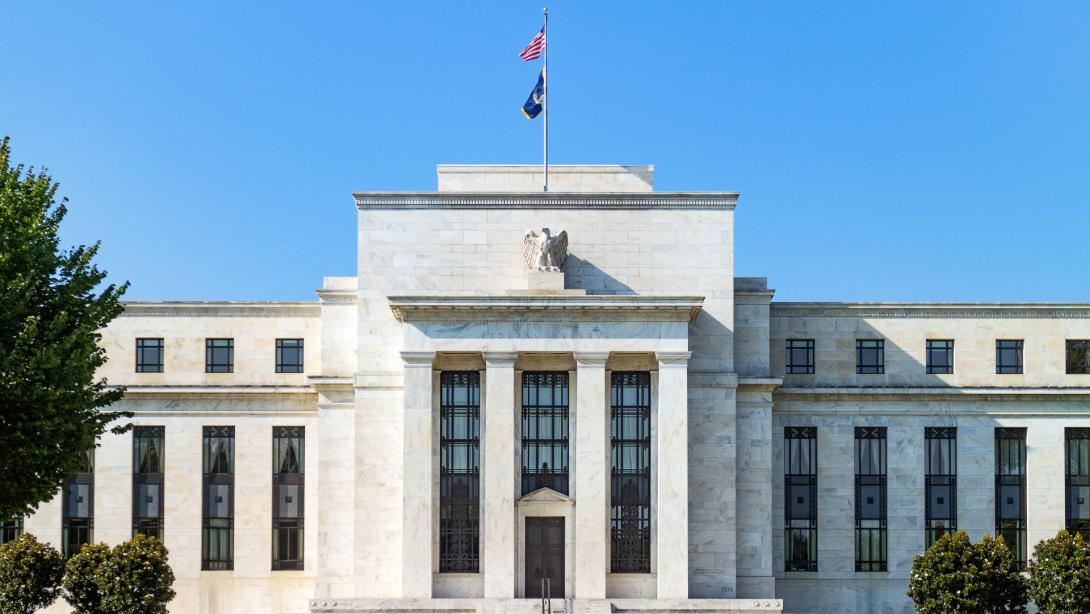
U.S. policymakers are debating how to modernize the dollar for the digital age. One path is a Federal Reserve–issued central bank digital currency (CBDC); the other is a system shaped by privately led digital currencies such as stablecoins. While some argue a U.S. CBDC could help the dollar compete globally, many see greater promise in a regulated private sector driving digital dollar development. At its core, the debate is about who should shape the future of money in America.
A U.S. CBDC may sound like a modern upgrade to cash, but it carries real risks of government overreach. By design, it would give federal authorities direct visibility into every digital dollar transaction, opening the door to embedded surveillance and centralized control. It would also create a direct digital connection between individuals and the central bank, breaking from the current system that preserves the privacy and freedom of cash. As Chair Jerome Powell put it, “We would not want a world in which the government sees, in real time, every money transfer that anyone makes with a CBDC”.
The potential for misuse is not just theoretical. With programmable money, officials could block transactions, ration spending, or impose negative interest rates to compel consumption. History shows that once such authority exists, it tends to expand, and narrow pilots can become mandates. A system introduced in the name of inclusion or efficiency can morph into a tool for social policy, conditioning private spending on public objectives. In practice, a U.S. CBDC would place the federal government at the center of routine economic activity, concentrating control in ways that challenge core American values of individual liberty and free enterprise.
By contrast, privately issued stablecoins are a market-driven success, with issuers now facilitating billions in dollar-based transactions daily. Crucially, adoption is voluntary. People choose them for fast, programmable dollar liquidity and to meet needs traditional rails cannot. The market is currently valued around $270 billion , and with the GENIUS Act now in place, forecasts project growth to $2 trillion by 2028. This surge stems not from federal mandate but from real-world utility and freedom to opt in.
Stablecoins also align with U.S. financial interests. To maintain a one-to-one peg with the dollar, issuers hold reserves in safe, highly liquid assets, most commonly short-term U.S. Treasury bills. Roughly 80% of reserves are held in Treasuries or related instruments, making issuers natural buyers of U.S. debt as circulation expands. This steady bid supports Treasury market depth and broadens the dollar’s reach, as tokens move across crypto rails and are held by people without U.S. bank accounts. With proper oversight, stablecoins strengthen the dollar’s international utility and competitiveness without requiring a government monopoly over digital currency.
The concept echoes Bitcoin’s early history. In 2010, Hal Finny suggested that Bitcoin could serve as reserve money for a new kind of bank, issuing its own digital cash redeemable for BTC. Today’s dollar-backed stablecoins follow a similar model, with the U.S. dollar as the reserve asset, while also combining market-driven adoption with regulatory oversight.
Born of private ingenuity, Bitcoin remains the foundation for much digital currency innovation. With a fixed supply of 21 million, it resists debasement, earning the moniker “digital gold” and attracting adoption from investors, institutions, and even governments. Bitcoin proved that financial networks need not be permissioned or controlled by a single authority. Its example inspired decentralized innovation, from stablecoins to smart contracts, showing peer-to-peer systems can create new forms of value exchange. As a monetary asset outside government control, Bitcoin ensures no single authority can dictate network rules or monopolize value creation. In short, it shows that monetary innovation flourishes from the ground up, not by top-down decree.
Taken together, the evidence points to private innovation as the engine keeping the U.S. at the forefront of financial evolution. From stablecoins enabling always-on dollars and supporting U.S. debt, to Bitcoin as an incorruptible alternative, the market delivers solutions a centrally planned approach might never envision. Public institutions still have a role: set guardrails, sustain trust through sensible regulation, and avoid heavy-handed schemes that smother innovation or infringe on liberties. In the debate over public vs. private leadership in digital currency, the consensus is to lean on America’s strengths in entrepreneurial spirit, technological leadership, and respect for choice. Money is a social tool that works best when people choose to use it, not when it’s imposed by central authority.
How can Ocorian help you navigate U.S. crypto regulation?
With landmark bills now reshaping the regulatory landscape, compliance teams are under pressure to interpret and prepare implementation around sweeping changes.
Our U.S. Regulatory and Compliance Team specializes in helping Registered Investment Advisers and financial institutions translate legislative developments into practical compliance frameworks. From code of ethics updates to SEC scoping, we turn policy into action.
Get in touch to discuss how these new rules may affect your firm and how we can help you stay confidently compliant.
First published by Global Relay Intelligence & Practice


